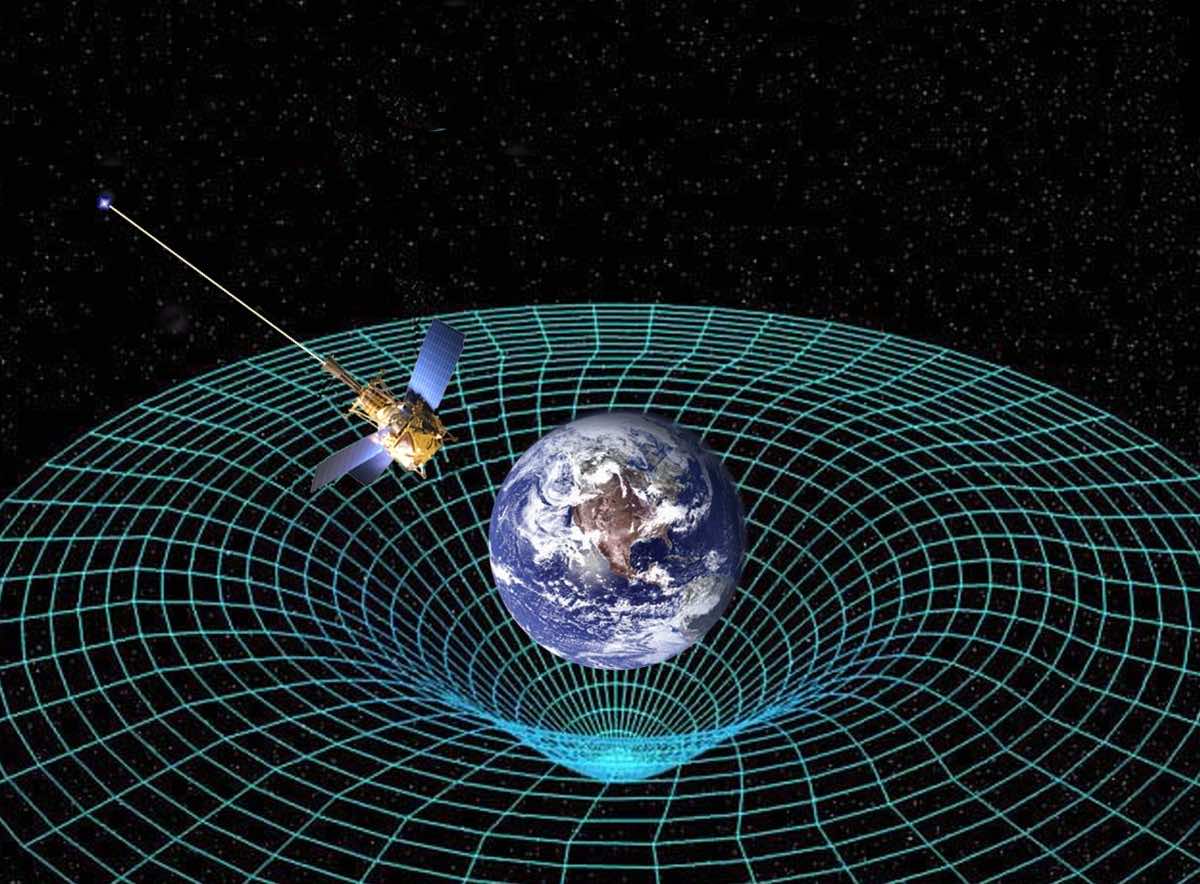Newton was a mathematical genius of his time. His sound observational skills and grip made it possible for him to explain the basic force of nature Gravity in his book Principia Mathematica in a light that was both logical and proved everything from dropping of rocks to the movement of celestial masses in space. Now we all know that the theory of gravitation on its own is not enough to accurately predict and explain the planetary movements, let alone the movement of stars and whole galaxies. When the Newton’s Gravitational theory was proved, many believed it to be the single most irrevocable piece of calculation, and nothing could disprove it. However, within a couple of centuries, it became apparent that a new approach to the main theory was needed to accurately explain the elliptical curves of the planetary movements.
The first edition of the Principia was published in the 1680s, and it was recognized as an amazing insight into the most powerful basic force in the world. During Newton’s own lifetime, his theory stood resolutely, and it was not until 169 years after its discovery that cracks finally began to appear in his version of the gravitational spectrum. Now those of us who know basic Astronomy know that both Neptune and Pluto cannot be observed that easily and when it was finally discovered by Urbain Le Verrier in the Berlin Observatory, the researcher found it within one degree of its allowed path and he didn’t pay much heed to it. But, it was the first instance where Newton’s all-conquering equation couldn’t explain.
Next, the curious behavior of Mercury began to show concerns. Now Venus and Earth, both have mostly circular orbits, but the Mercury exhibits an elliptical orbit that is 46% further away from one mean extreme position than the other. Mars also demonstrates similar elliptical path as well. Here are all of them in motion around the Sun. You can notice how different they are to each other:
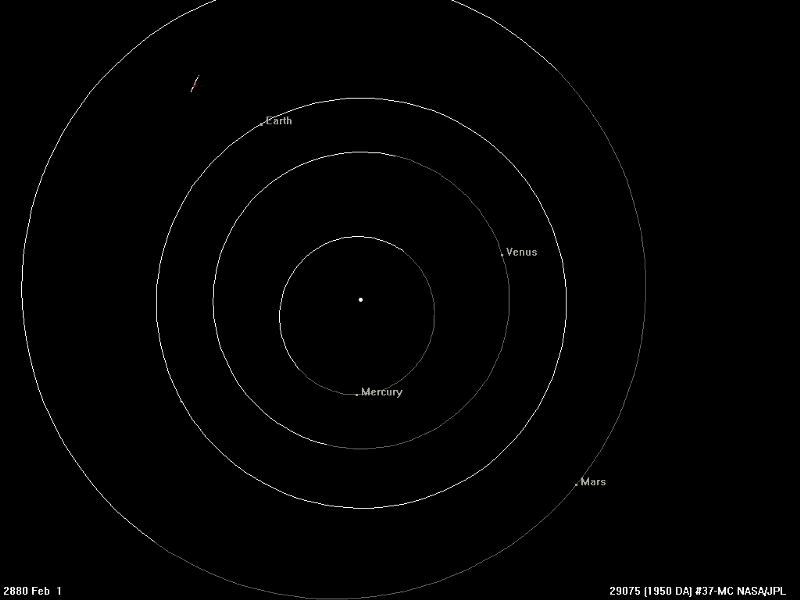
The planetary movements were first explained by Copernicus and Kepler. Now Kepler was the first one to propose elliptical orbits but even his theory began to draw exceptions here as he claimed that after each orbit, a planet would come back to the exact same position that it started with but that wasn’t the case since Kepler assumed planets to be point masses with no interaction in between. That is not the case at all I am afraid as planets are heavily influenced by each other’s movement as well.
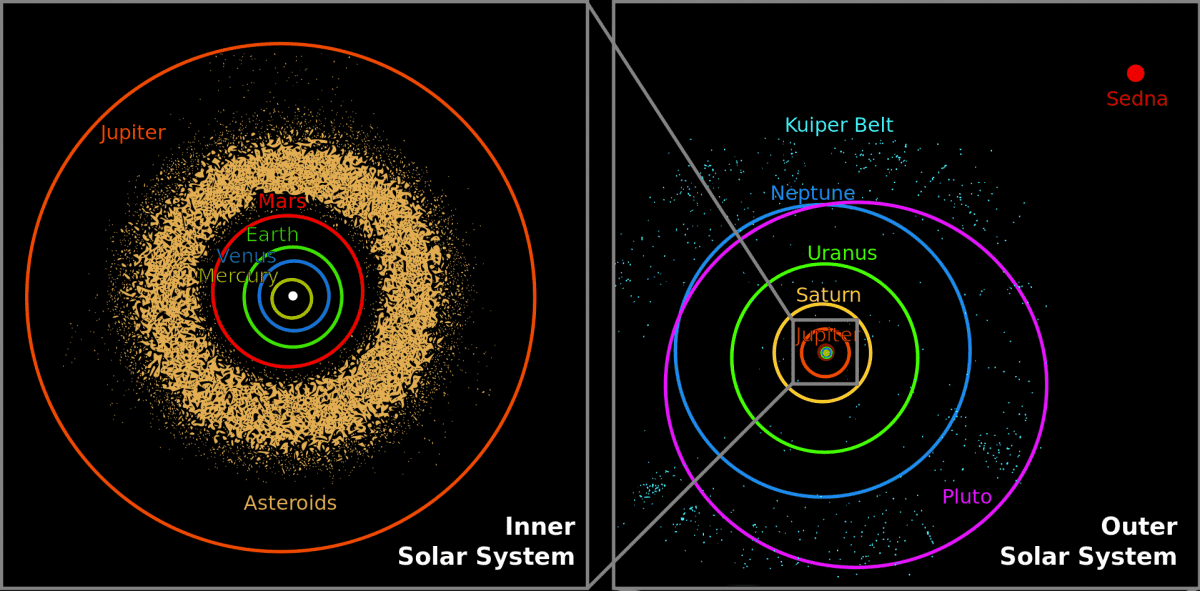
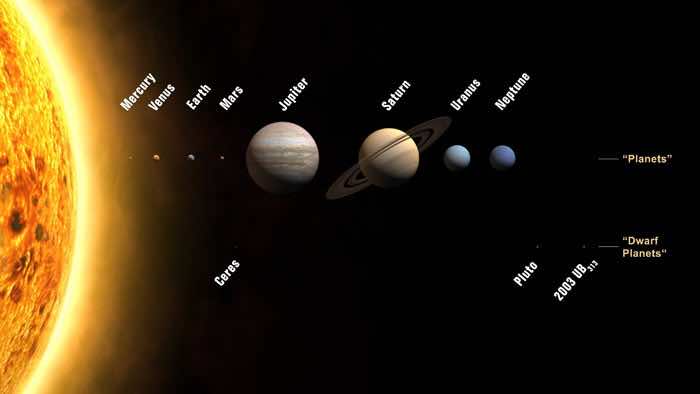
Now due to these disturbances, the difference between the Earth’s calendar year and the time it takes to return to the same position are different from each other. The calendar year is called the tropical year, and the complete revolution is called the sidereal year. But, what is the effect of a sidereal year? A sidereal year is 20 minutes and 24 seconds longer. Taking the complexities of the subject away, our planet doesn’t revolve 360 degrees in a tropical year. It only does 359.98604° so if we break down degree into 60 angular minutes and minutes into 60 seconds, every century, the Earth shifts by 5025” seconds. Since the Earth revolves around its axis, the positioning of the axis is also affected, and that is what we call the shifting of the axis.
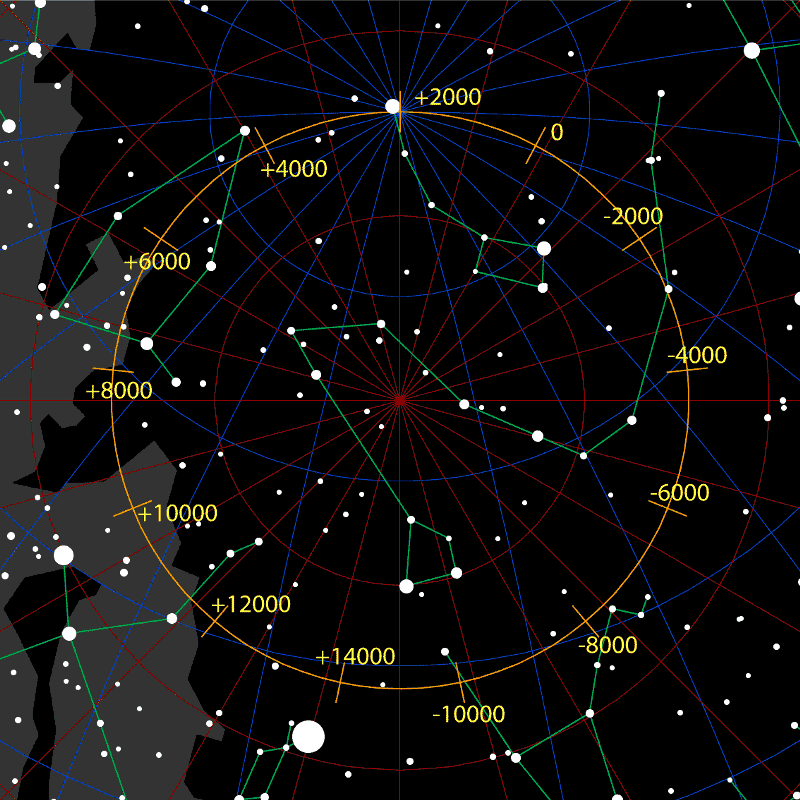
Here are the list of all the planets and their changes each century arranged in order of decreasing importance:
- Venus: 277.9”-per-century.
- Jupiter: 153.6”-per-century.
- Earth: 90.0”-per-century.
- Saturn: 7.3”-per-century.
- Mars: 2.5”-per-century.
- Uranus: 0.14”-per-century.
- Neptune: 0.04”-per-century.
If we add all of them, the shift comes out to be 5557” when we add the Earth’s in it as well. This is not the latest discovery as astronomers data from 3 centuries made it possible to infer it as early as the late nineteenth century. While we had the observation, no theory could explain why it happened at all. Mathematicians began to predict all kinds of models to help explain it. One made by Simon Newcomb and Asaph Hall believed that if the gravity was inversely proportional to distance to the power 2.0000001612 instead of just 2, the whole thing could be explained. But, the law seemed to work fine on Earth, why does it give abnormalities in space? That is where Einstein’s special relativity theory took charge and combined with Newcomb and Hall’s approach given above; a perfect explanation was made that used space-time for a good effect. So, the Newtonian laws had been declared obsolete when studying the heavenly bodies because of their ability to influence the space-time curve. According to Einstein, Gravity is greatly affected by the amount of mass present and as a result, the bigger the mass of an object, the more gravity it can wield.
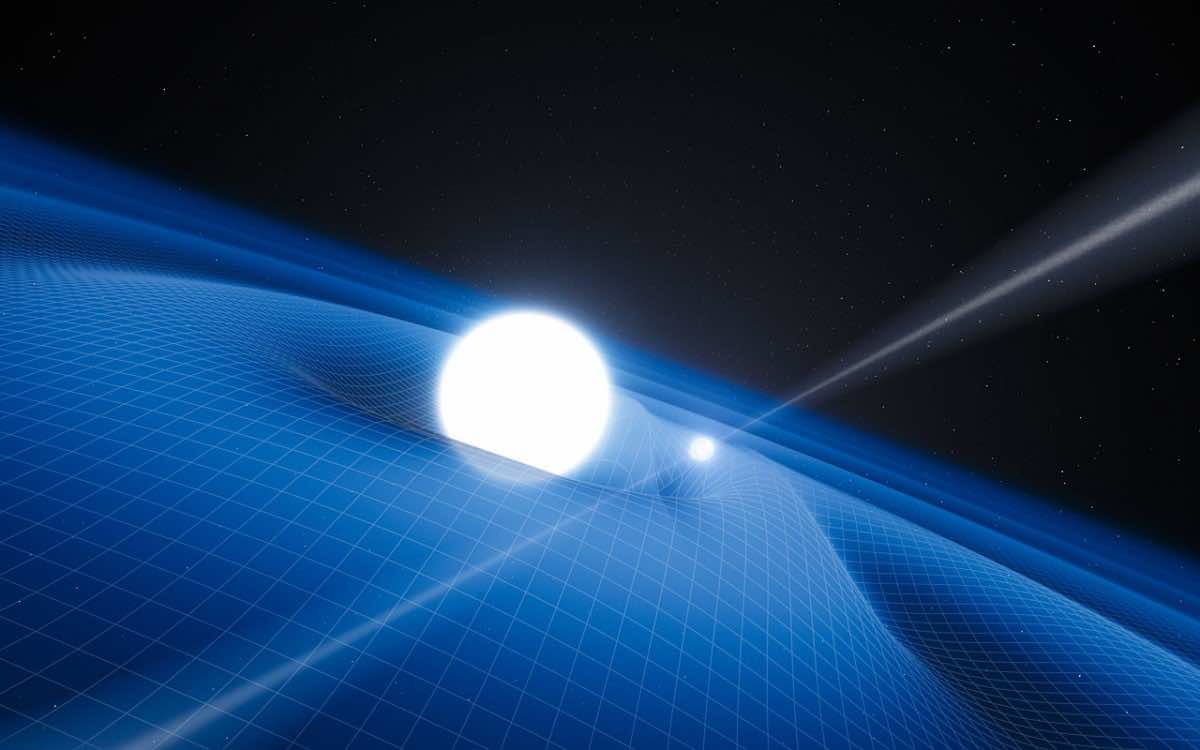
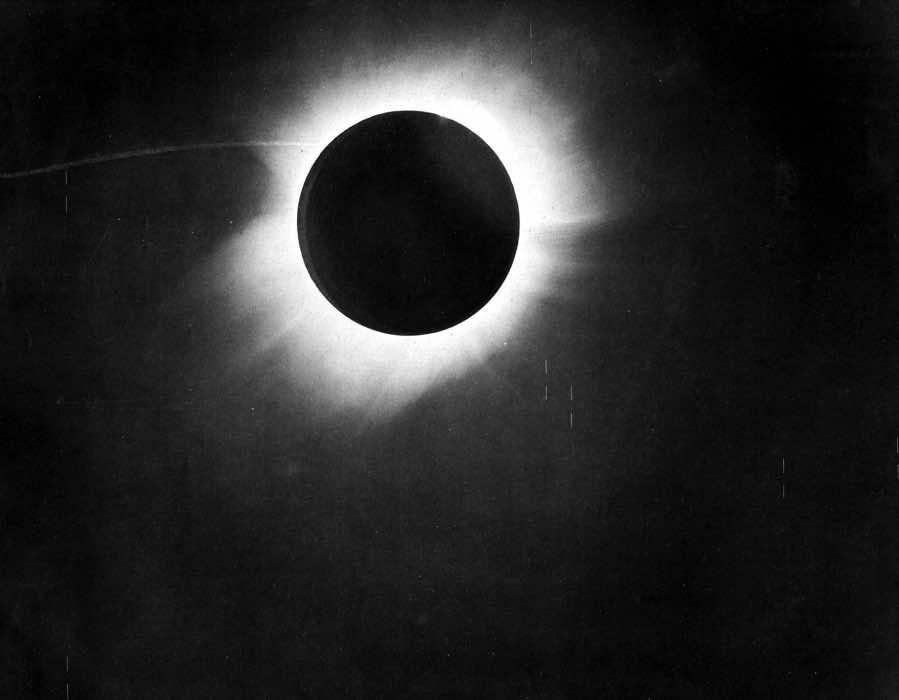
According to Einstein, Gravity is greatly influenced by the amount of mass present and as a result, the bigger the mass of an object, the more gravity it can wield. So, Einstein correctly predicted the 43″ per century but the concept of space-time was such that no one could believe it, and it only took the bending of light rays by Sun itself to prove this revolutionary concept in Physics that finally supersedes Newton himself. Here is the news clip from New York Times about it:
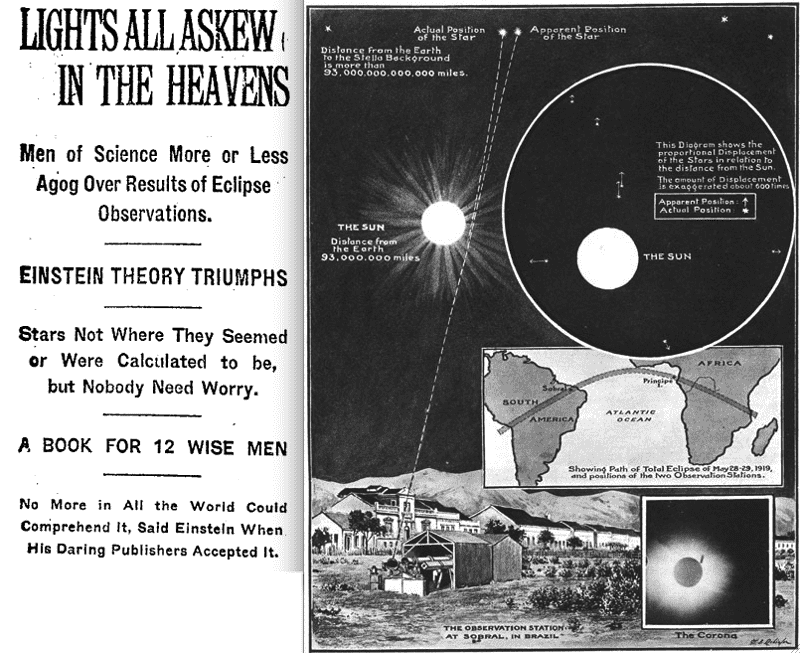
So, be it the gravitational waves or the ripple inside space-time curve or the revised planetary movements, Einstein’s clause in the Gravitational theory still largely holds. We can’t take anything away from Newton because his was the main work and the new gravitational theory includes Newton’s concept in its entirety but the presence of space-time and mass influencing gravity around a mass changed the way we look at our universe some three hundred years after the first breakthrough was made by Newton.

